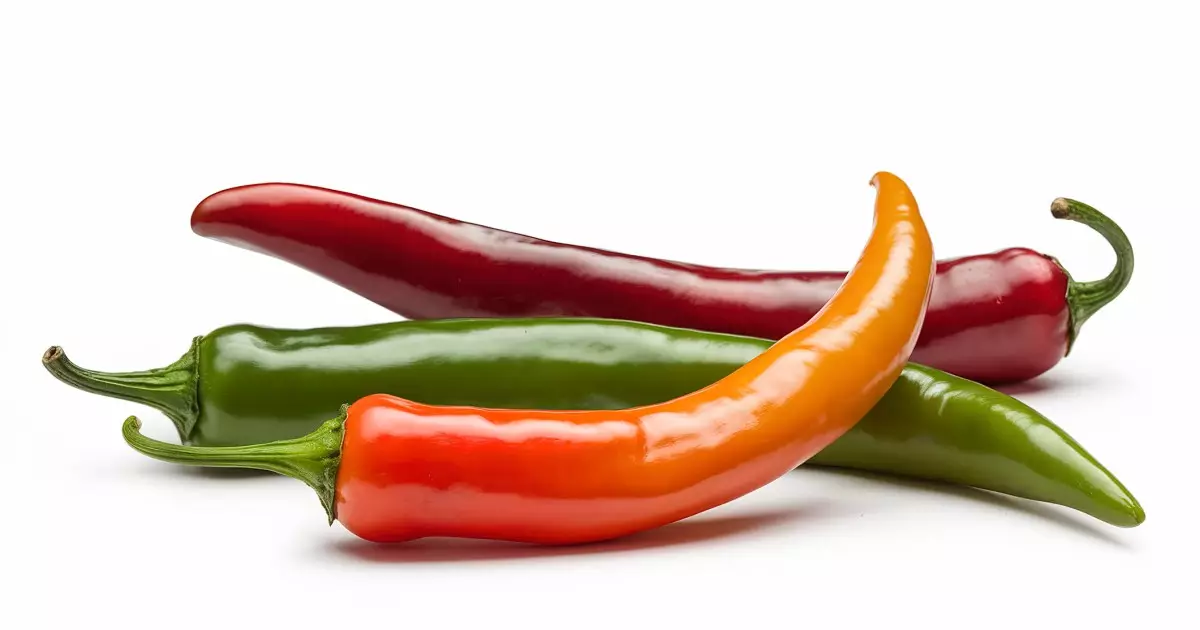When it comes to our beloved canine companions, it’s imperative that we are vigilant about their diets. One questionable food item that often raises eyebrows is chili peppers. While many humans enjoy the fiery kick that these spicy fruits provide, dogs are not equipped to handle such intense flavors. It’s crucial for pet owners to understand the implications of feeding dogs chili peppers, which include varieties such as jalapeño, habanero, and cayenne. All these are inherently unsafe for our furry friends. Even though bell peppers are from the same family and pose no threats, they should not be confused with their spicier relatives.
Why Chili Peppers Are Not Suitable for Dogs
A key component of chili peppers is capsaicin, the compound responsible for their heat. Although not classified as toxic for dogs, capsaicin can lead to various gastrointestinal issues such as stomach upset, diarrhea, or vomiting. Dogs, unlike humans, experience heat differently and may not manage spicy foods well. For example, with a nibble of a habanero, a dog would likely endure significant discomfort, as this pepper contains substantial amounts of capsaicin. Additionally, dogs tend to react physically by pawing at their faces or drinking excessive amounts of water in a futile attempt to rid themselves of the burning sensation.
Safe Alternatives: The Case for Bell Peppers
In a curious twist of fate, bell peppers, often dismissed among the chili pepper family, emerge as a safer option for dogs. They contain little to no capsaicin and hold nutritional benefits, such as an abundance of vitamin C, making them an excellent treat in moderation. Pet owners can rejoice knowing that there are alternatives that not only satiate a dog’s curiosity for different flavors but also contribute positively to their health.
What to Do If Your Dog Eats a Chili Pepper
If your dog mistakenly snags a chili pepper, it’s essential to monitor their behavior closely. Most canines will likely recover without significant consequences; however, if they exhibit signs of distress, such as excessive drooling or restlessness, contacting a veterinarian is prudent. Such symptoms can indicate that your dog is struggling to cope with the spicy intrusion into their palatable world. Fortunately, many dogs will eliminate the heated substance from their system over time, but vigilance remains crucial.
Setting a Standard for Dog Nutrition
Ultimately, dog owners are responsible for establishing healthy eating habits for their pets. While one or two episodes of chili pepper consumption may not result in serious harm, establishing a pattern of feeding dogs spicy foods can lead to more severe gastrointestinal concerns down the road. Mainstays of a dog’s diet should mainly comprise specially formulated dog foods that provide the necessary nutrients to maintain well-being and vitality. In essence, it’s our duty to differentiate between the culinary delights of humans and the dietary needs of dogs, ensuring they lead long, happy, and healthy lives devoid of spicy offenses.

